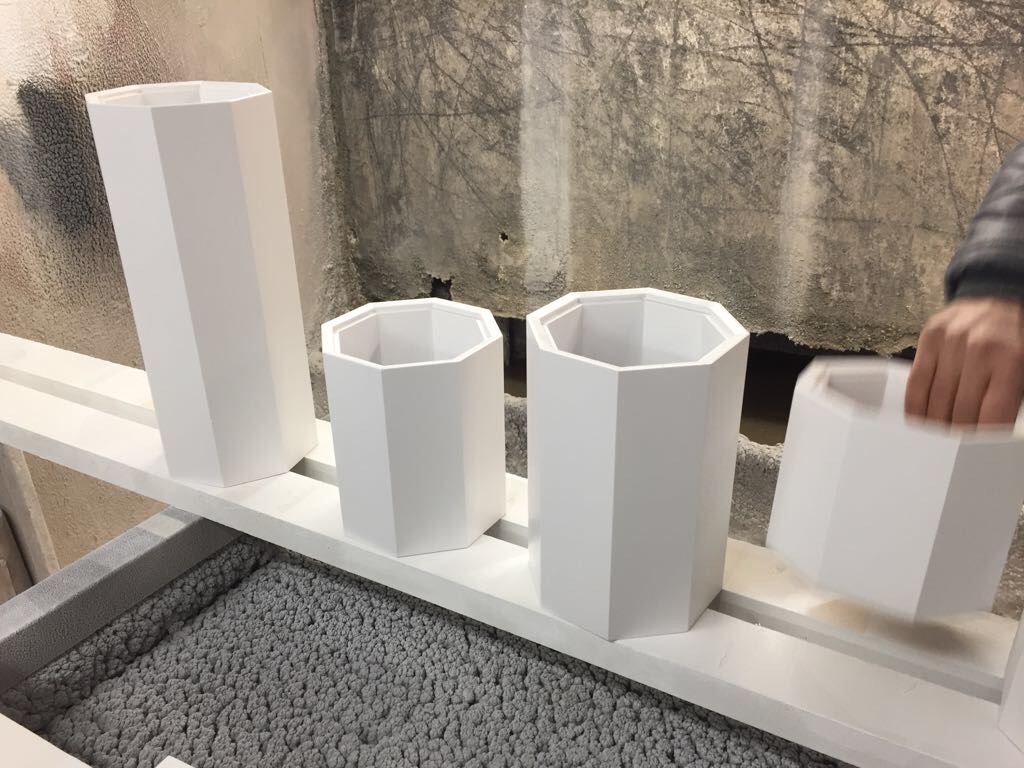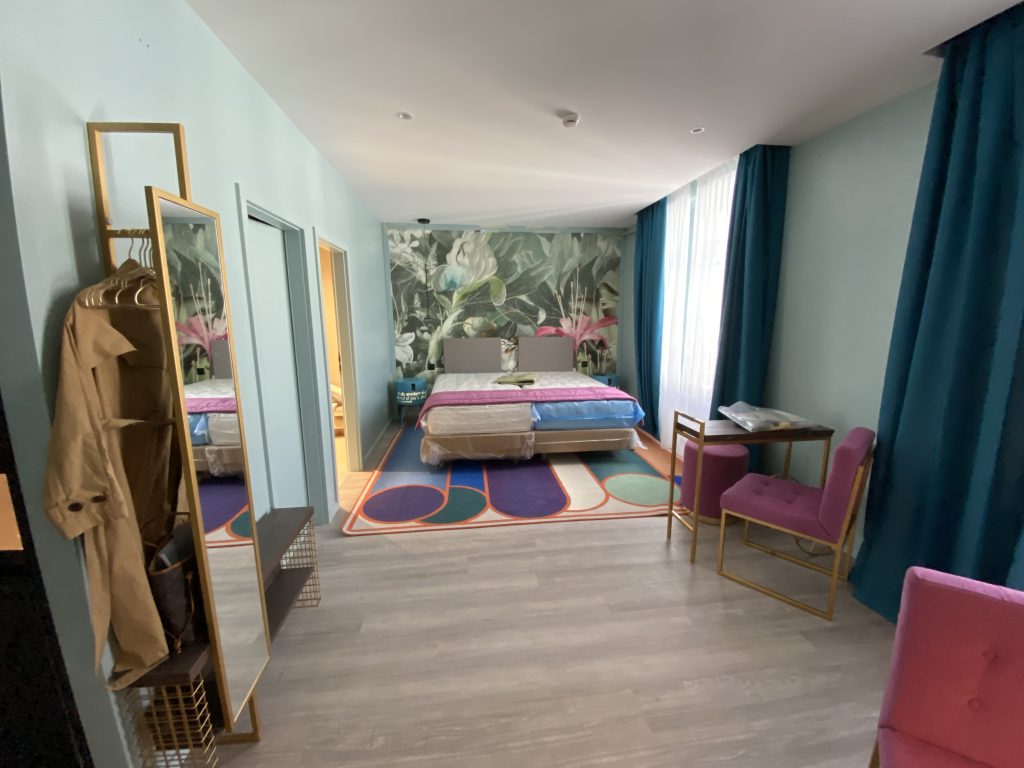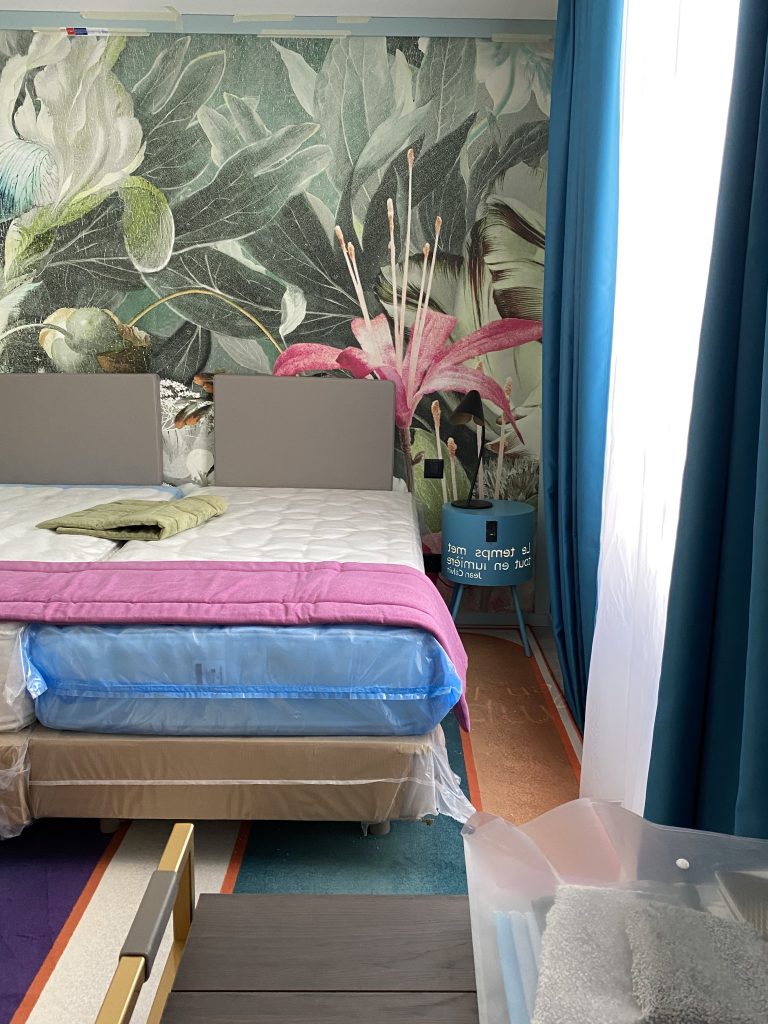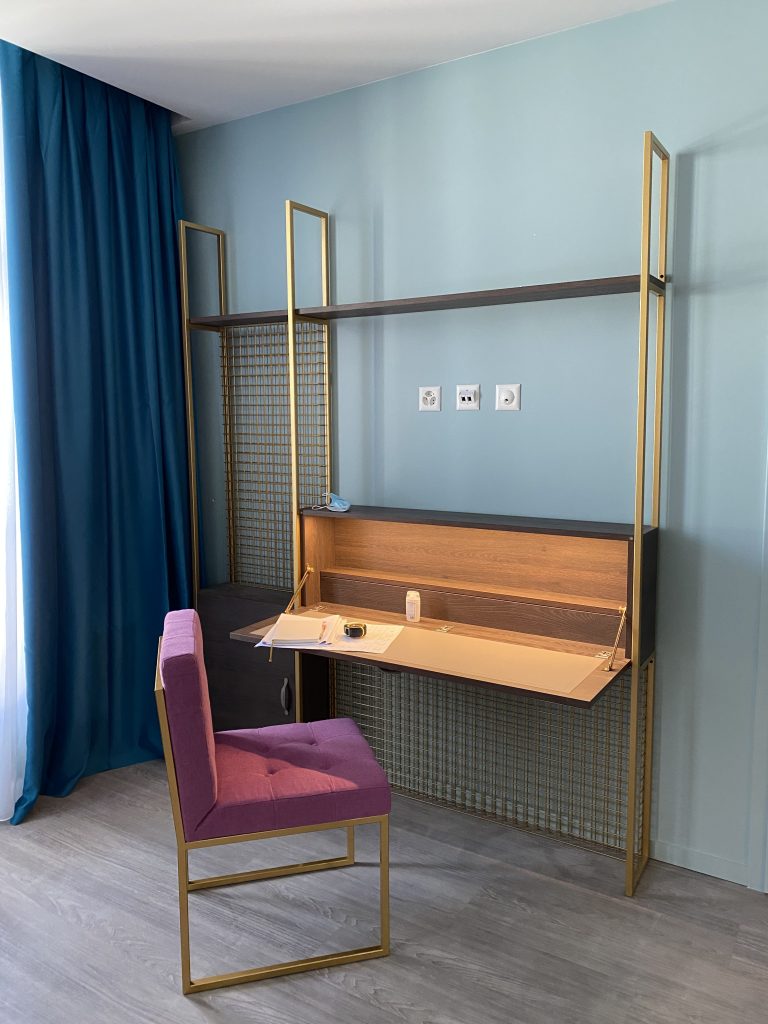PROTOTYPING: AN EARLY REPRESENTATION OF AN IDEA SOLUTION.
by Elisabetta Boldrini - Commercial Manager
«Learning by doing»
You missed me, I know. Let’s start today’s talk with the idea. If you think about it all comes from an idea and we can’t change things today, can we? I’d say no.
Well, having a good idea at hand, the so-called light bulb that turns on, is already a good start.
So yes to revolutionary projects, new concepts, technology, custom solutions, think outside the box, but no to flying donkeys please..
What do I mean? That the idea must be achievable or at least you must think it is.
But by just putting it on paper, drawing it, can we really be sure that it is? Can we analyze every aspect of the project and see if there is a chance to optimize something? Direi “so and so”. Remember? The devil is in the details.
Even the simplest ideas, which do not differ too much from the established ones, can present problems or can be improved in something.
For this reason, a fundamental phase of our work is prototyping.
The title of the article is not by chance, prototyping is for us the representation of an idea of solution. But not just one, no. We can prototype everything.
Prototyping in itself is testing a new design or a new production process, “learning by doing” (another title not chosen at random), I would add, learning in a tangible way from the process and the result.
It is a phase of verification and study therefore, and this learning can take place on everything.
No matter what the object to be prototyped is, from the detail of a piece of furniture to a sample room, to a portion of a building, every challenge is met with passion by our team of professionals and reliable suppliers.
So when a client or an architect like you entrusts us with a project, we focus on this phase. Our goal is to optimize your idea, the result and this, as already mentioned, can only be done through experimentation.
«The elephant in the room»
I believe, and I think you will agree with me, that it is better to deal with “the elephant in the room” immediately.
Yes, because during the prototyping you can notice that you have made a wrong assessment that you would never have seen if it was not made.
And if making a mistake on a prototype is permissible, it is not wrong on the result and on the final phase.
Only the real awareness of what was realized allows us to adopt the right corrections.
So this phase affects the quality of the final result. Live and learn.
But it’s not over. When we prototype a design element for the first time, this step gives us the opportunity to identify a number of advantages and actions that are then applied to the entire series produced. In some cases the prototyping of something custom leads us to modify shapes, finishes, details.
These advantages can be replicated over time and are going to strengthen our daily experience.
In addition, the installation of a sample room, for example, allows us to experience a series of seemingly invisible advantages on the final result but which are vital to improve the process and/or to optimize the timing.
Experimenting leads us to improve the details, to study something more in depth, to review the concept behind the element, to choose different finishes and materials for its realization and, in essence, to bring even more to your project.
Okay, we talk about ourselves a lot, so I don’t want to be boring. I know you’re trying to figure out what advantages you can get. And what am I doing here? I’m telling you now.
«We no sell a bill of goods»
You’re right, I used “we” also in this title, but I wanted to clarify that what we write represents reality.
Let me be specific. Why do clients or architects often require us to make a sample room or, for example, to prototype a detail? I guess you’ll know better than I do, but I’ll tell you anyway.
They want to touch what we “sell” on paper, to have therefore the absolute certainty that “we no sell a bill of goods”, to refer to the title. The desire is not only to make an assessment from the aesthetic and functional point of view, not. Often the realization of a sample room is a test to test the quality of the result or our organizational and management skills.
And I, I’ve always been good at tests 😛
But we’re a little more romantic. Our job consists of creating spaces of daily life and designing scenes of this. We therefore believe that immersing ourselves in these prototyped spaces can be the most immediate way to analyze its pros and cons. It says that it’s hard to assess something “when you’re too deep in it”. I don’t think so. It’s only by really living the spaces, looking at them from the inside and impersonating themselves in those who will live them that you can have a global vision of the project and you can be able to make changes to optimize everything.
The relation with the customer is a fundamental point of our work, that’s why we love this phase. Everyone’s sure to have a voice,, we exchange ideas and it is from the comparison that the best things are born.
Perhaps you realize, as in the project of the Hotel Geneva City, that the sink shaped cylinder design and championship reminded that of a historical figure that does not enjoy great fame.
Prototyping therefore helps us to draw up a list of corrections that can also relate to our engineering, to optimize some aspects, to make you understand if the end result is what you expected, to improve the process, installation and to reduce the timing (installed one chamber, for example, then the others are made accordingly).
Moreover, we believe that “on paper” or through 3D images you can not fully appreciate the project, for this reason we often propose the realization of the sample room or the sampling of custom furniture or details.
Even you, architect, can benefit from prototyping. Why? Simple, because you have the opportunity to refine even more all aspects of your work and your project, from the aesthetic to the functional ones. When we work with you, we take the samples.
In essence, prototyping index very much and positively on the final result and on the expectations you have of the same.
It is impossible, difficult to realize and expensive of economic resources to think of being able to make the corrections into the final phase. Do you take it for granted?


«What have we learned?»
As I told you at the beginning, for us prototyping means “learning by doing”. But what have we learned by doing?
I’ll tell you.
For example (could not miss) from sampling the custom element of the bar of the Crowne Plaza Zurich we learned a lot.
This element was very important for the project as it provided, at the bar, a certain connotation.
To make the customer appreciate the value of the design and study in more depth every single detail, we prototyped a small sample. In addition, there was a strong lighting component in the cabinet, and it’s know, the light must always be carefully studied and calibrated.
Sampling and inserting the element in the designated space, we showed that the finishes chosen for the sample were too dark and darkened the environment. For this reason, we changed the finishes and the technical details for the maintenance of the light bodies were revised.
The realization of the sample room 01 of the Hotel Geneva City was also useful.
The client required a series of furniture and elements that come out of ordinary demands; Cylinder-shaped washbasin, a cart that serves as a table, bedside tables in perforated metal that project a message to the ground and who has more who more of it.
In addition, the logistics and the yard (the Hotel is located in the heart of Geneva) were also complex.
Ah, the realization of the sample room was not only helpful to us, but also to the customer.
It allowed him to decide, after seen both achievements, who among us and one of our competitors had reflected, understood and made his ideas real in the best way (we were chosen).
I dedicated a whole article to this project, so you can only imagine the things we learned from prototyping.
Here are some, in case you haven’t read it 🙁
The bedside table of the rooms was designed to project a message legibly on the floor through a carving in the sheet.
When we laid it during the installation of the sample room, we realized that the room, although large, did not have the necessary dimensions to be able to project the message from the bedside table to the floor (it was impossible to read the whole message).
So, we reconsidered it by choosing to turn the writing upside down so that the message could be read directly on the bedside table.
Also for the Mobile De Vie the sampling was useful to adapt it to the different functionalities for which it was conceived.


The sample room 03 of the Victoria Hotel allowed us to understand if the project was feasible or not. It was also helpful for the architect to fully convince the client of the project.
There were some details that were modified, after sampling, as requested by the architect. Other details proposed by us at this stage were approved by the architect for the realization of the series. The presence of our technicians at the installation phase made us think a lot about the assembly process and what works could be optimized.
The changes as a result of sampling allowed us to be sure that we complied with the very tight production and installation planning.
«To make a long story short»
I could go on and on with the examples, but okay that’s enough. I hope I’ve managed to make you understand why this phase is extremely important to us and that it must be important to you, too.
Prototyping affects the success and quality of the final result. Seeing the project only on paper is difficult both to assess the feasibility of everything, have a global vision and to improve every detail.
Only by touching things with your hands can you refine processes, results, quality and reduce timing.
Author: Elisabetta Boldrini
Position: Commercial Director
- FALLEN IN THE NET(WORK).
- HOW TO REDESIGN YOUR PUBLIC AREAS.
- HOW TO RESTART POST COVID: LET’S START FROM DESIGN.
